-
Synoptic Narrative In Picture Books
A synoptic narrative depicts a single scene in which a character or characters are portrayed multiple times within a frame to convey that multiple actions are taking place. Synoptic is the adjective of synopsis. The sequence of events in synoptic art is unclear. Synoptic narratives typically provide visual cues that convey the sequence, but still […]
-
Pirates in Art and Storytelling
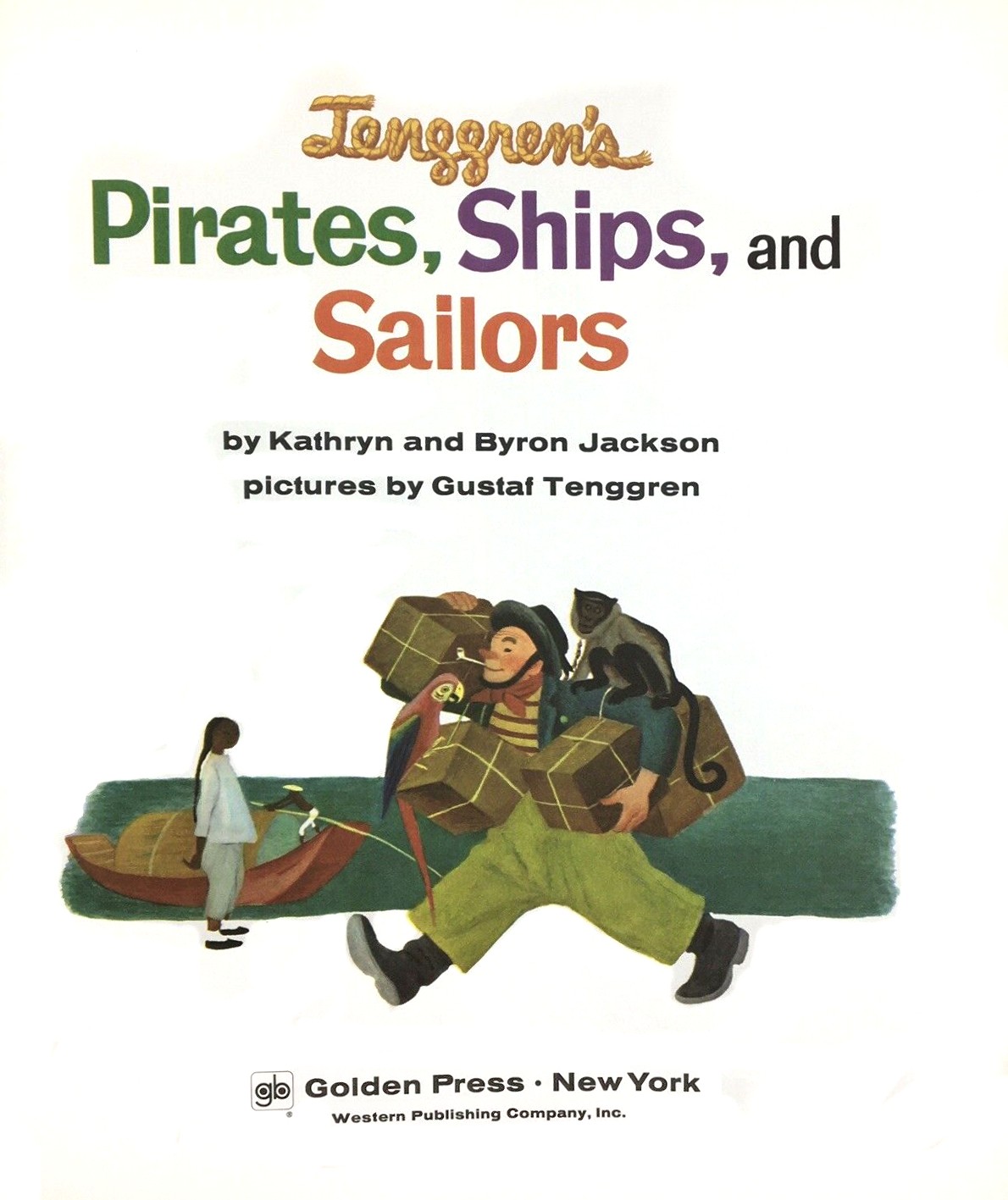
It is absolutely bizarre that we romanticise criminals the way we romanticise pirates but there we have it.
-
What Colour Is Your Sun?
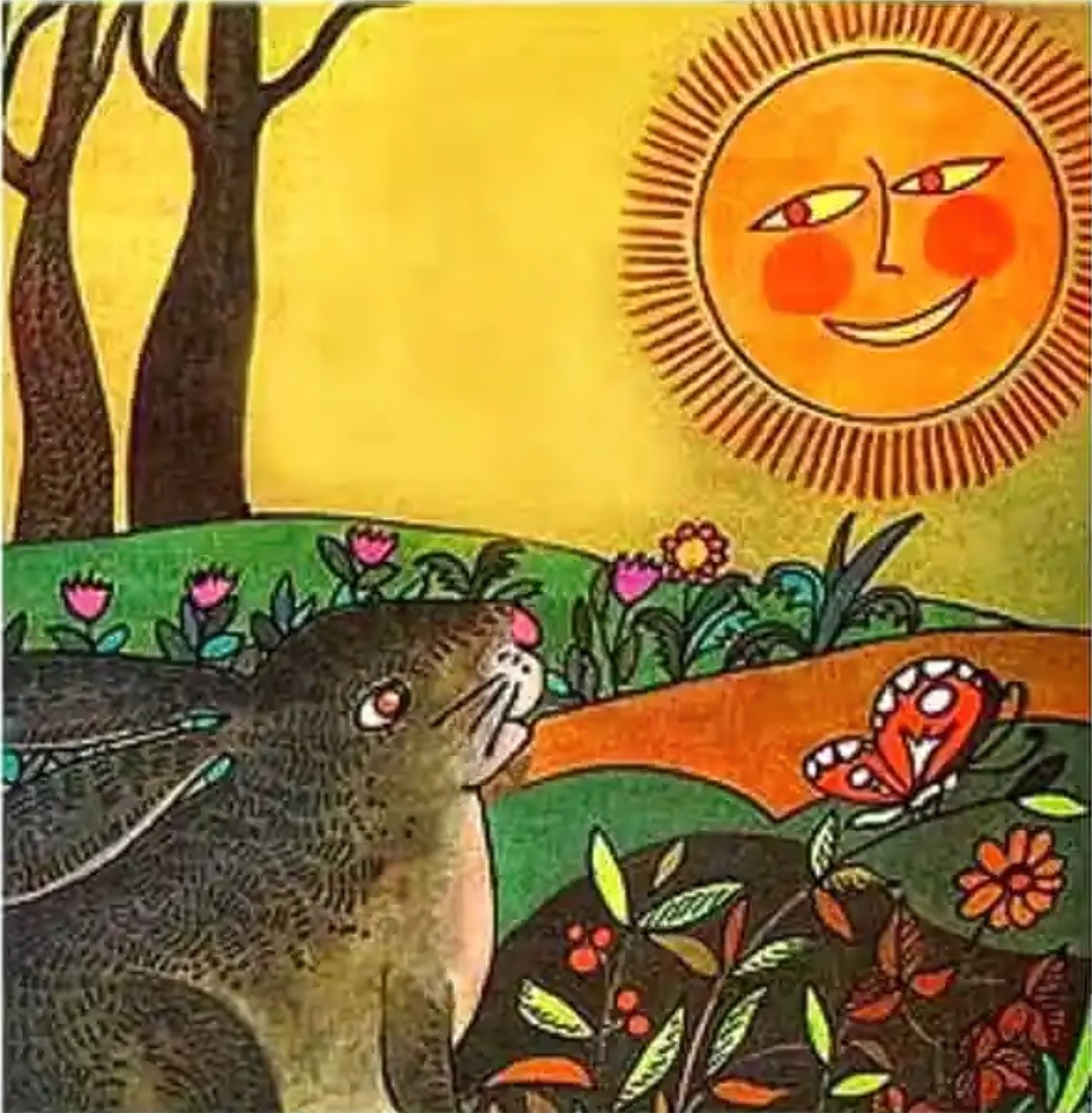
Different cultures view the sun differently. Ask a Western child to draw the sun and they will draw it yellow. Ask a Japanese child to draw the sun and they will draw it red. Our closest star is ‘actually’ white. I grew up in New Zealand and I drew it yellow. But when I lived as […]
-
Aerial Perspective In Picture Books
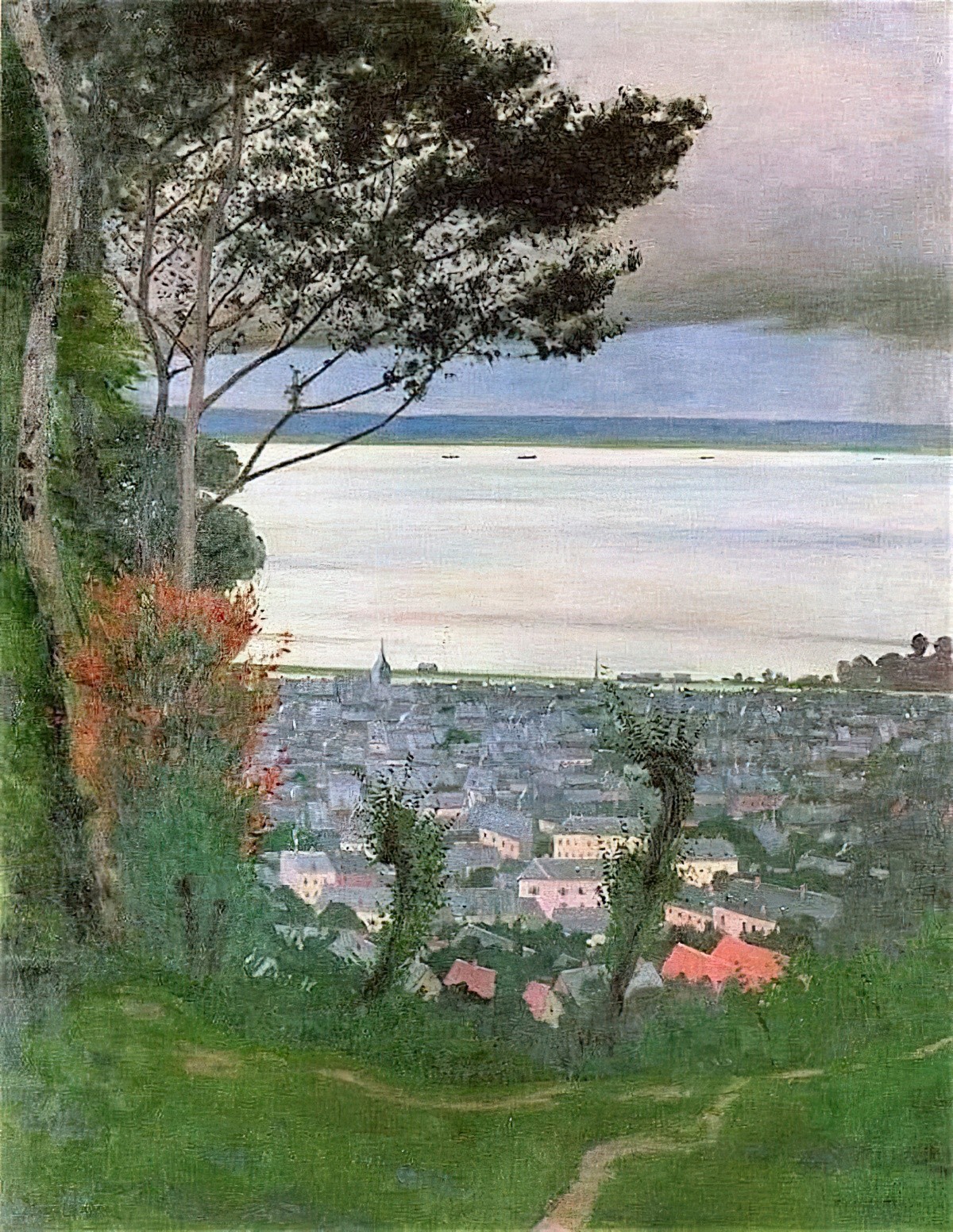
When looking at an image, how does the viewer get a sense of depth? The artist can add depth to an image using various tricks.
-
Upside-down Knitting In Picturebook Illustration
School Library Journal (Betsy Bird) posted an article about knitting as depicted in picture books — so often the knitting needles are coming out the top, whereas if you’ve ever knitted in real life you’ll know that the needles come out below the hands. This is a wonderful observation, and once you’ve noticed it you’ll […]
-
Moon Symbolism In Storytelling
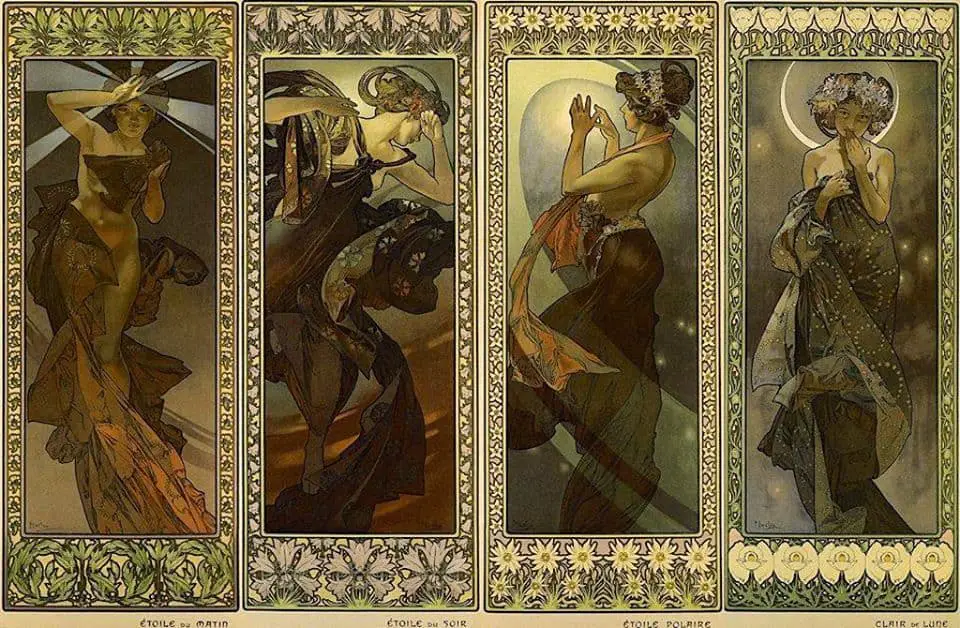
They wouldn’t be so cocky if they knew what me and the moon have going. Ken Kesey, One Flew Over the Cuckoo’s Nest OVERSIZED MOONS There is a rule that moons in picture books must be bigger than the look in real life, from anywhere on Earth. I didn’t fully realise this was a rule […]
-
Still Images In Picturebook Illustration
The ability to depict movement is perhaps the most important skill of a picture book illustrator. The same goes for comic book illustrators. But not everything is all about movement. Although a professional illustrator has to be good at depicting movement, there is a time and a place for ‘stills’, even inside ‘high-movement’ stories. Below I take a […]
-
Continuous Narrative Art In Picture Books
A continuous narrative is a type of visual story that illustrates multiple scenes of a narrative within a single frame. Multiple actions and scenes are portrayed in a single visual field without any dividers. The sequence of events within the narrative is defined through the reuse of the main character or characters. Continuous narrative emphasises the change […]
-
Panoptic Narrative Art In Picture Books
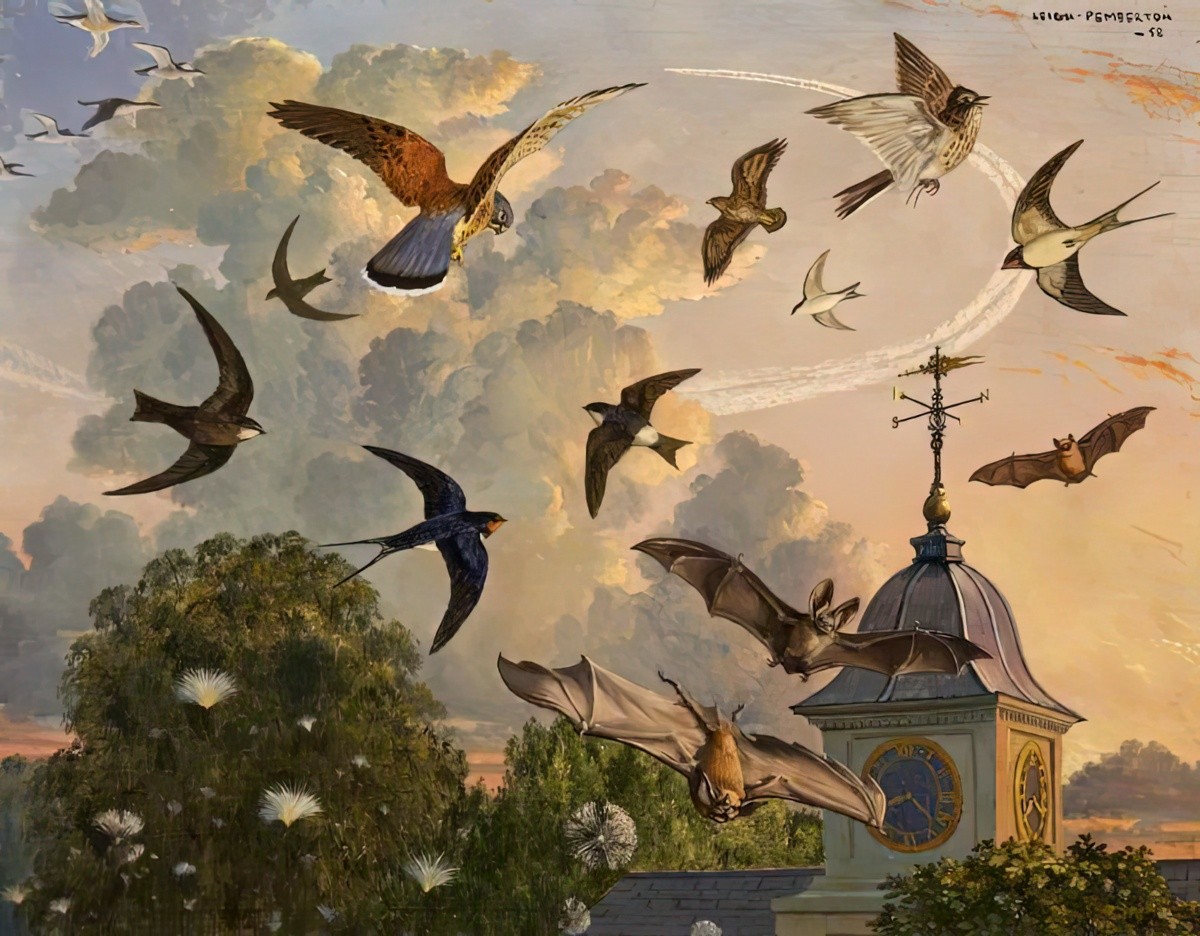
Let’s say there are 7 main categories of Narrative art. Narrative art is art which tells a story. Panoptic refers to ‘showing or seeing the whole at one view’. Panoptic narrative art is often a bird’s eye view. The ‘camera’ is above. This is the art world’s equivalent of an all-seeing (omniscient) narrator. Panoptic and panoramic […]
-
Composing The Thumbnails Of A Picture Book
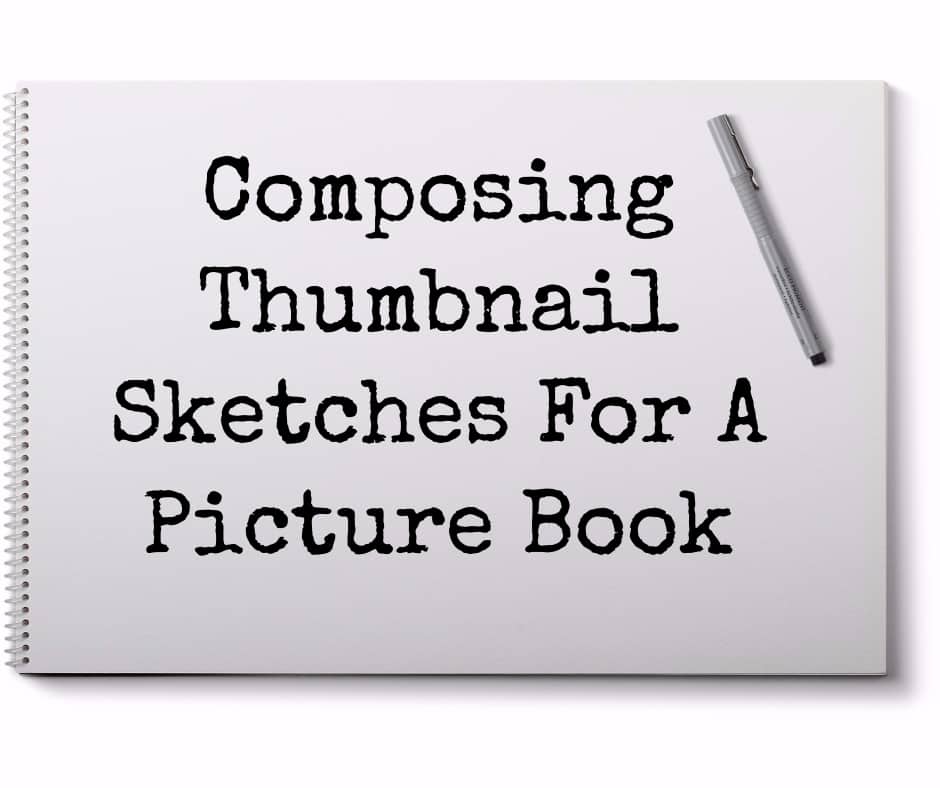
How do you go about the task of mocking up a picture book? Most picture book illustrators make a dummy of thumbnails, to check the story flows well. Many writers (who are not also illustrators) find this a helpful practice, too. The following notes are from Framed Ink: Drawing and composition for visual storytellers by […]
-
Drawing Development And Children
The above picture was drawn by my eight-year-old. According to Gaston Bachelard, who quotes psychologists of his era, door knobs are a good sign. The Psychology Behind Drawings By Children Asking a child to draw his house is asking him to reveal the deepest dream shelter he has found for his happiness. If he is happy, […]
-
Drawing While Listening To Audiobooks After Dinner
Highly recommended for young fidgeters.
-
Walking, Floating, Creeping Houses
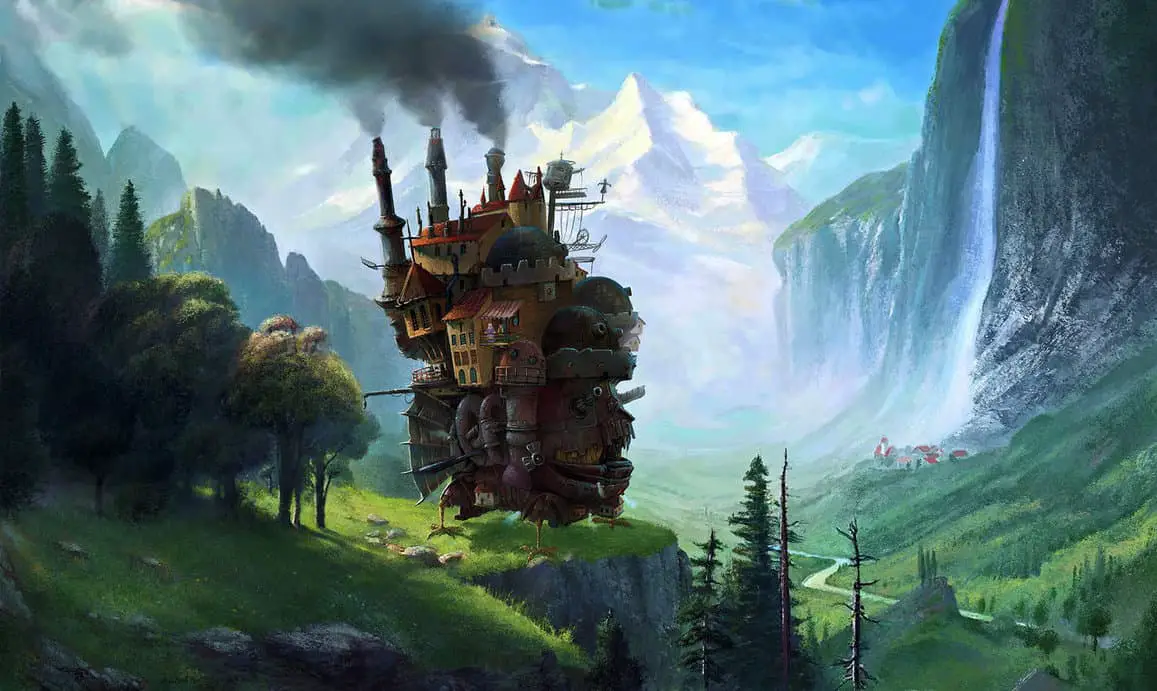
Included in the definition of ‘home’ is the idea of a stable, secure structure… which doesn’t get up and move! The concept of home is especially important in children’s stories, which explains the popularity of the home-away-home structure: Child leaves home, has a little adventure, then returns to security. The young reader falls into slumber, […]
-
Ways Of Seeing On YouTube
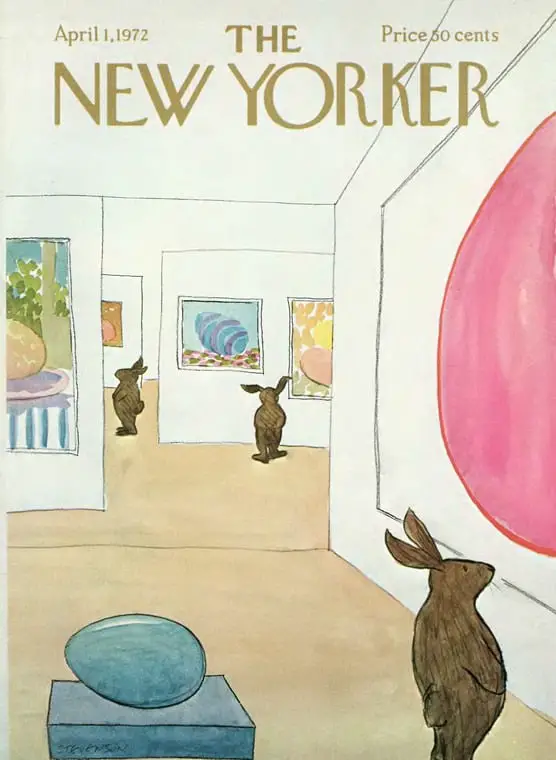
EPISODE ONE, PART ONE John Berger tells us that late 20th century audiences view classic paintings very differently from earlier people. A large part of seeing depends on habit and convention. European paintings are made for European perspectives. Perspective depends on the eye of the beholder, like an inverse lighthouse. Instead of light beaming in, […]
-
Generic, Naturalistic and Minimalist Character Illustration
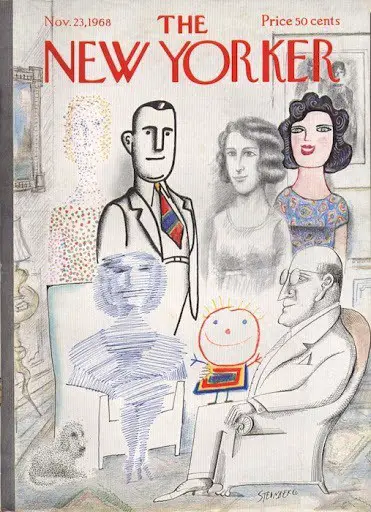
Do you remember being a child and instantly drawn to anything brightly coloured and cartoonish? You learned very early that if something was done in that style, it was made for you. You may also have come across media done in that style which was not for you — perhaps your mum or dad prized a Japanese manga out of…